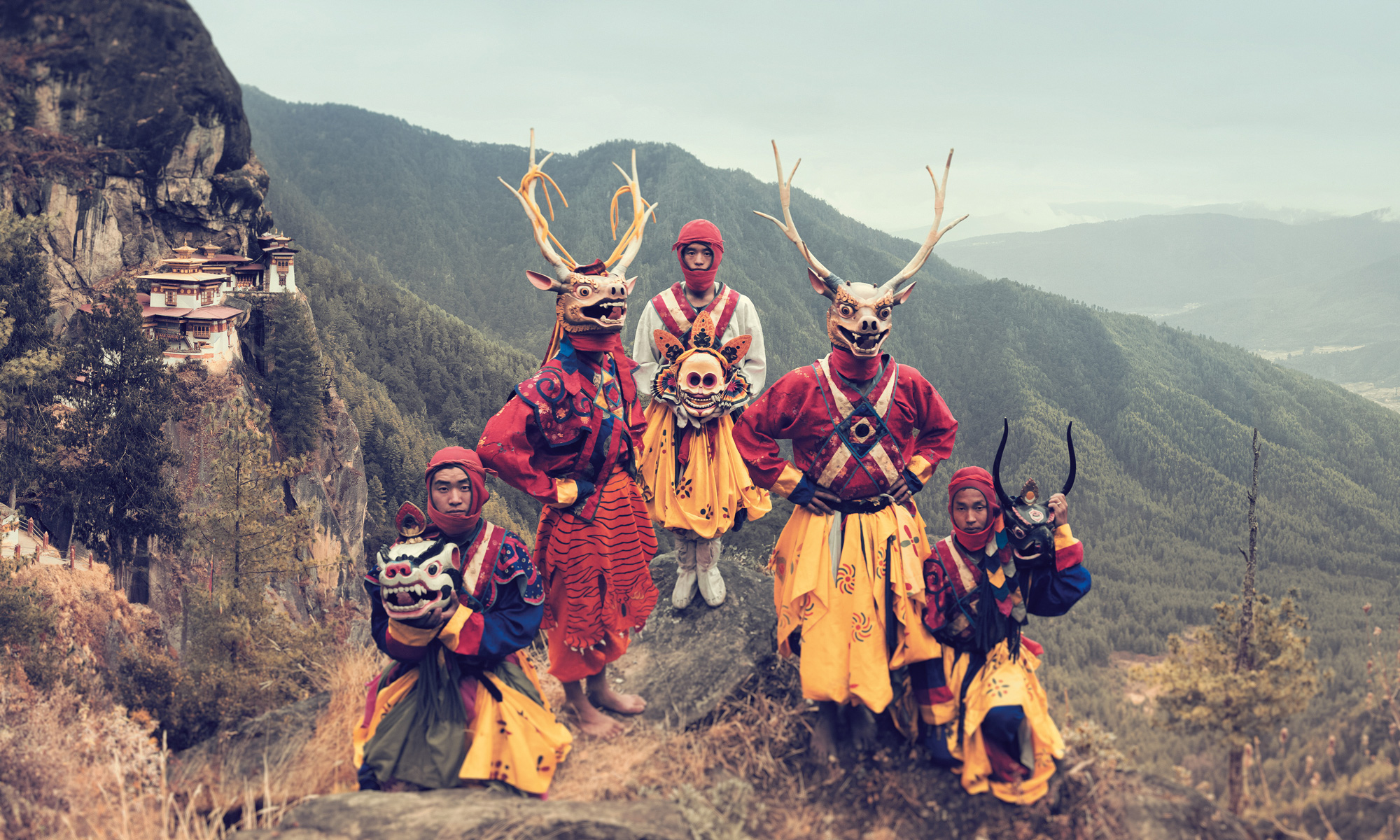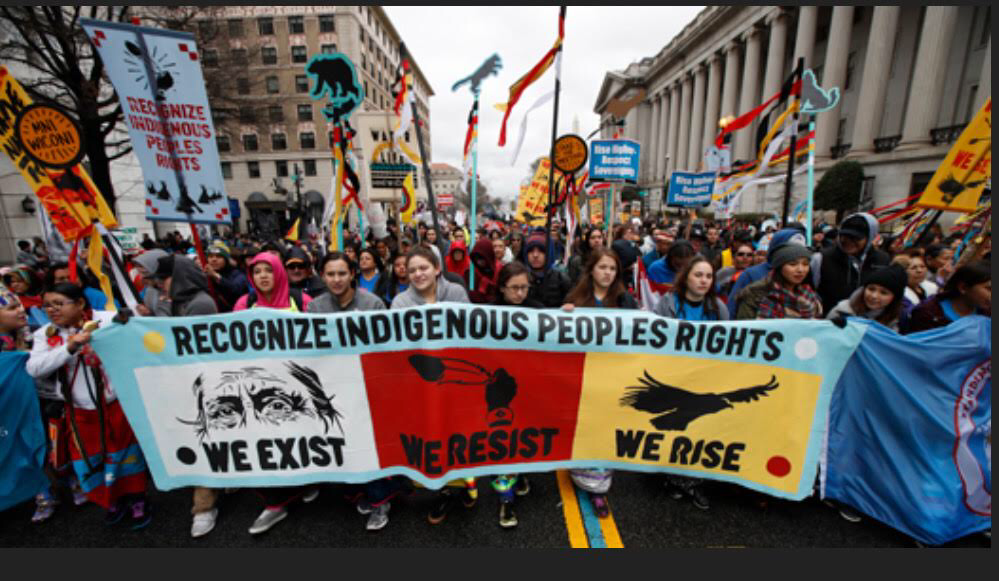Weaving a Tapestry of Resilience: Exploring the Rich Heritage and Ongoing Struggles of Indigenous Peoples in America
Weaving a Tapestry of Resilience: Exploring the Rich Heritage and Ongoing Struggles of Indigenous Peoples in America

The term "Indian" or "Native American" encompasses a vast and diverse tapestry of cultures, languages, and traditions that have thrived on this land for millennia. These Indigenous peoples, the original inhabitants of North America, have a rich history marked by both remarkable resilience and enduring struggles. This article delves into the complexities of their heritage, highlighting their unique contributions to American society and the ongoing challenges they face in the 21st century.
A Tapestry of Diversity: The Indigenous Nations of America
Related Articles: Weaving a Tapestry of Resilience: Exploring the Rich Heritage and Ongoing Struggles of Indigenous Peoples in America
- Navigating The Landscape: Understanding First Nations Terminology
- The Enigma Of Blue Eyes In India: A Journey Through Genetics, History, And Culture
- A Tapestry Of Traditions: Exploring The Rich Culture Of Central America
- California’s Golden Gamble: A Guide To Indian Casinos In The Golden State
- Are The Osage Still Wealthy? Unpacking The Legacy Of Oil And The Challenges Of Today
It’s crucial to understand that "Indian" or "Native American" is not a monolithic identity. It encompasses over 574 federally recognized tribes in the United States alone, each with its own distinct language, customs, and ancestral lands. From the Inuit of Alaska to the Cherokee of the Southeast, the diversity of Indigenous cultures is breathtaking.
Ancient Roots and Enduring Traditions:
Indigenous peoples have inhabited North America for thousands of years, developing complex societies with sophisticated agricultural practices, intricate social structures, and rich spiritual traditions. Their knowledge of the land, its resources, and its cycles is unparalleled, providing invaluable insights into sustainable living and environmental stewardship.
A Legacy of Resistance and Resilience:
The history of Indigenous peoples in America is inextricably linked to colonization and its devastating consequences. From the arrival of European settlers in the 15th century, Indigenous communities faced systematic dispossession, forced assimilation, and violence. Despite these challenges, they have shown remarkable resilience, fighting for their rights and preserving their cultural heritage.
The Impact of Colonization:
The arrival of European settlers had a profound impact on Indigenous populations. The introduction of diseases, such as smallpox and measles, decimated communities. Land dispossession through treaties, often broken by the U.S. government, forced many tribes onto reservations, often in marginal and resource-scarce areas.
The Fight for Recognition and Self-Determination:

The 20th century witnessed a growing movement for Indigenous rights and self-determination. The Indian Reorganization Act of 1934 aimed to restore tribal sovereignty and promote economic development. The American Indian Movement (AIM) emerged in the 1960s, advocating for tribal rights and protesting against government policies.
Cultural Preservation and Revitalization:
Despite the challenges, Indigenous cultures have endured. Language preservation programs, cultural festivals, and the resurgence of traditional arts and crafts are testament to the ongoing efforts to revitalize and share their heritage.
Contemporary Challenges and Opportunities:
Today, Indigenous peoples face a myriad of challenges, including poverty, lack of access to healthcare, and disproportionately high rates of incarceration. However, there are also opportunities for progress.

Economic Development and Self-Sufficiency:
Many tribes are working to develop sustainable economic opportunities, such as tourism, gaming, and natural resource management. These initiatives aim to create self-sufficiency and empower Indigenous communities.
Education and Cultural Awareness:
Education plays a vital role in breaking down stereotypes and promoting understanding. Indigenous-led educational initiatives are working to ensure that Native American history and culture are accurately represented in classrooms.
Environmental Stewardship and Climate Change:

Indigenous peoples have long been stewards of the environment, advocating for sustainable practices and protecting natural resources. Their knowledge and perspectives are crucial in addressing the climate crisis.
Reconciliation and Healing:
The path to reconciliation and healing requires genuine acknowledgement of past injustices, reparations for stolen lands and resources, and ongoing dialogue between Indigenous communities and the broader society.
The Future of Indigenous Peoples in America:
The future of Indigenous peoples in America is bright, but it hinges on continued advocacy, empowerment, and a commitment to social justice. By recognizing their resilience, celebrating their cultural richness, and supporting their self-determination, we can create a more equitable and just society for all.
FAQs about Indian or Native American
1. What is the difference between "Indian" and "Native American"?
While both terms are used interchangeably, "Native American" is generally considered more accurate and respectful. "Indian" is a term rooted in historical misconceptions and can be seen as outdated and inaccurate.
2. How many federally recognized tribes are there in the United States?
There are currently 574 federally recognized tribes in the United States.
3. What are some of the major challenges faced by Indigenous peoples today?
Indigenous communities face ongoing challenges such as poverty, lack of access to healthcare, high rates of incarceration, and environmental degradation.
4. What is the significance of tribal sovereignty?
Tribal sovereignty refers to the inherent right of Indigenous nations to govern themselves and their affairs. It is essential for self-determination and cultural preservation.
5. How can I learn more about Indigenous cultures and history?
There are many resources available to learn more about Indigenous cultures and history, including museums, websites, books, and documentaries. You can also support Indigenous-led organizations and initiatives.
6. How can I be an ally to Indigenous peoples?
Being an ally means listening to Indigenous voices, educating yourself about their history and struggles, and supporting their self-determination efforts. You can also advocate for policies that address the issues they face.
7. What are some of the ways Indigenous cultures are being revitalized?
Indigenous communities are revitalizing their cultures through language preservation programs, cultural festivals, traditional arts and crafts, and educational initiatives.
8. What is the role of Indigenous peoples in environmental stewardship?
Indigenous peoples have long been stewards of the environment, possessing deep knowledge and understanding of natural resources and sustainable practices. They play a crucial role in addressing the climate crisis.
9. What is the significance of the Missing and Murdered Indigenous Women (MMIW) movement?
The MMIW movement highlights the disproportionate rates of violence faced by Indigenous women and girls. It calls for justice, accountability, and systemic change to address this crisis.
10. What is the role of the United Nations Declaration on the Rights of Indigenous Peoples (UNDRIP)?
UNDRIP is a landmark document that recognizes the rights of Indigenous peoples to self-determination, cultural preservation, and land rights. It serves as a framework for promoting their rights and well-being.
Conclusion:
The story of Indigenous peoples in America is a testament to resilience, cultural richness, and a deep connection to the land. By embracing their heritage, acknowledging their struggles, and supporting their self-determination, we can contribute to a more equitable and just future for all.

Closure
Thus, we hope this article has provided valuable insights into Weaving a Tapestry of Resilience: Exploring the Rich Heritage and Ongoing Struggles of Indigenous Peoples in America. We hope you find this article informative and beneficial. See you in our next article!


